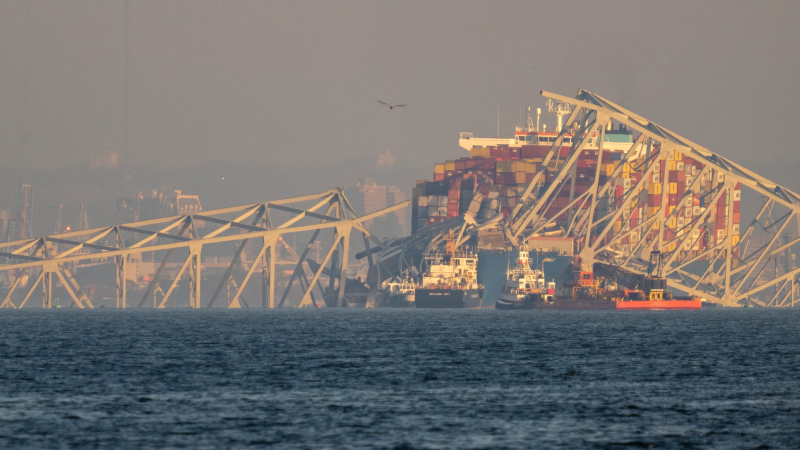'One last surge': Disruptive rainstorm soaks Southern California before onset of dry season
Southern California’s reputation for idyllic weather has taken a beating over the Easter weekend.
The famously sunny region was facing possible flash floods and mudslides Sunday as a cold, slow-moving storm dumped up to 6 inches of rain on some areas since Friday, prompting traffic disruptions, a few evacuation orders and the first weather delay at Dodger Stadium in nine years.
The north-to-south system was focused Sunday on San Diego County, which could get up to 3 inches of rain by the time the weekend’s over but avoided only the fifth San Diego Padres rainout in the last four decades. Before moving south, the storm caused the collapse of a portion of Highway 1 − better known as the Pacific Coast Highway − on Saturday about 17 miles south of Monterey in the central part of the state. One lane of the road was reopened Sunday.
Though it doesn’t qualify as an atmospheric river because it lacks a strong link to tropical moisture, the area of low pressure moving through Southern California represents a powerful final charge from the rainy season before the full-fledged transition to spring and the state’s dry months.
“It’s kind of one last surge,’’ said Accuweather senior meteorologist Jake Sojda. "This time of year tends to be stormy across the U.S. in general. It’s not unusual to get March rain in these areas. Certainly, as we get into April, that starts to become less and less likely."

That’s what makes rain delays — as the 35-minute interruption Saturday night of the Los Angeles Dodgers-St. Louis Cardinals game — such a rarity, as the Los Angeles basin was soaked by more than 2 inches of rain.
More unusual yet would have been to follow that the next day with a rainout in the same region, but despite a forecast of isolated thunderstorms the Padres were able to complete a 13-4 afternoon victory over the San Francisco Giants at Petco Park.
Sojda said the storm, which deposited 14 inches of snow in Big Bear Mountain east of Los Angeles, has featured winds along the coast picking up moisture and dropping much of it on the mountains.
Because of its slow-moving nature, the weather system has a chance to dump a large amount of water over some spots. Sojda said that could happen Sunday in the Transverse mountain ranges of Southern California as the storm makes its way south.
"In the Transverse region," he said, “keep an eye out this afternoon for some localized heavier downpours to still pop up until this evening."
Disclaimer: The copyright of this article belongs to the original author. Reposting this article is solely for the purpose of information dissemination and does not constitute any investment advice. If there is any infringement, please contact us immediately. We will make corrections or deletions as necessary. Thank you.





